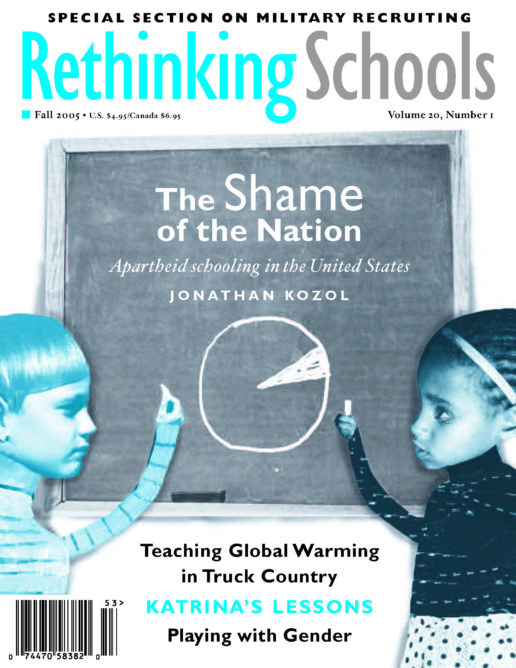Good Stuff 20.1
I am going to teach at Swarthmore College this academic year, and my wife and I are preparing to move. That means, among other things, I’m deciding what books to take with me.
It’s not quite the same as deciding what to take if we were moving to a desert island, but it poses an interesting problem. I’ll be teaching in the education program and want to have personal resources available.
My curriculum will be shaped by the nature and needs of my students, so it will be comforting to have these five old friends available as I teach in a new place with new educational challenges.
First of all there is a dictionary. I collect dictionaries and love to skim them for new words and ideas. My favorite, because of the clarity of its definitions and the rich etymological information it provides, is the Longman Dictionary of the English Language. I have the 1984 edition but there are newer editions, which I would recommend to others. But it’s the older one for me as it’s full of my notes and marked up with teaching ideas.
The second book is the Encyclopedia of the American Left. It contains entries ranging from The American Workers Party, Harry Bridges, and El Congreso del Pueblo de Habla Espanola to Workers Schools, Yiddish Left, and Die Zukunft. It provides an introduction to organizations, ideas, and people who have played roles on the American left. When I first got the book as a gift I sat down to peruse it and by the end of a month I’d read all the entries. I find it invaluable for research, lesson planning, and simply to fill in the gaps in the history of the left that we all probably have.
The third volume is The People’s Chronology, which has year-by-year entries, beginning in the 10th century, of events that took place in areas as diverse as war and peace, workers struggles, the arts, politics, literature, science, and technology. It provides a small slice of horizontal history that can lead students to a broader view of events that occur simultaneously across the globe in the same year. Unfortunately, the events it cites tend to be drawn from European and U.S. history, though that seems to be corrected in recent editions.
The fourth book, The Dictionary of Imaginary Places: The Newly Updated and Expanded Classicprovides accounts and maps of imaginary worlds from Oz to Never-Never Land with stops at Narnia and lesser known imaginary places such as Sanor, Macaria, and Earthsea. This is a treasure chest of ideas for social studies projects and creative writing at all levels.
The last book I chose is a compendium of Martin Gardner’s articles, games, and puzzles, The Colossal Book of Mathematics. The book provides a wealth of mathematical recreations from arithmetic, topology, game theory, geometry, and just about every other field of mathematics. Gardner’s writing combines clarity with mathematical sophistication, and I’ve found enough material here to engage even the most committed mathphobe.
If any readers have their own favorite resources for teaching and would like to share them, please email them to hkhkohl@aol.com.
RESOURCES:
Longman Dictionary of the English Language
(Longman, 1984)
1668 pp. $44.10 (list price)
Encyclopedia of the American Left
Ed. Mari Jo Buhle, Paul Buhle, and Dan Georgakas
(Garland, 1990)
928 pp. $125 (list price)
The People’s Chronology
By James Trager
(Henry Holt, 2001)
1251 pp. $27.95 (list price)
The Dictionary of Imaginary Places:
The Newly Updated and Expanded Classic
By Alberto Manguel and Gianni Guadalupi
(Harcourt, Brace, Javanovich, 2001)
776 pp. $40 (list price)
The Colossal Book of Mathematics
By Martin Gardner
(Norton, 2001)
704 pp. $35 (list price)

